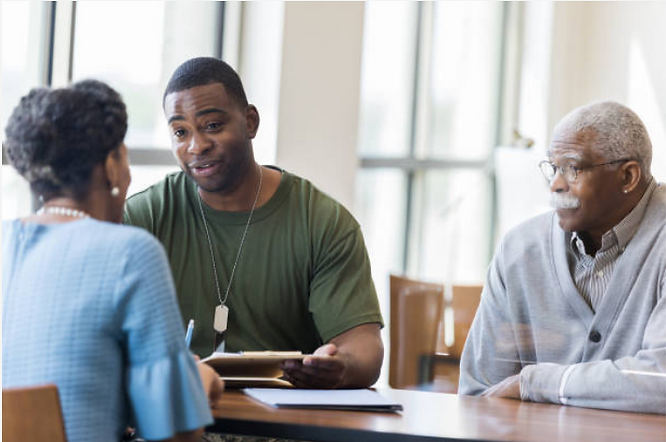A VA buddy letter is a credible statement in support of a claim that is written by a competent individual who is 18 years or older and has first-hand knowledge of an event or injury and offers an account of what they witnessed or are witnessing in support of a veteran’s VA disability claim. This personal statement can be from a fellow service member, spouse, friend, pastor, co-worker, boss, adult child, or any other competent and credible witness. A buddy letter can be vital in winning your disability claim because a buddy statement constitutes “lay evidence” under the law, which simply means “after the fact” evidence. What Should A Buddy Letter Include?
The statement should include:
● The person involved in the injury or incident.
● A detailed statement of what transpired.
● The specific date on which the injury or incident occurred.
● A detailed description of the affected person’s behavior and abilities before and after the injury or incident happened.
A buddy letter should have as much detail as possible and can have the following:
● How the service member was affected by the event/
● The changes in physical health or behavior (if any) due to the event/
● The type of treatment needed because of the injury or incident.
When writing a buddy letter, keep the below guidelines in mind:
● Keep the letter one page in length or shorter if possible
● The one writing the buddy letter should include his/her contact information, name, signature, the full name of the veteran whom the letter is for, and the date
● In the end, add “I certify that my statements are true and correct to the best of my
knowledge and belief.”
Steps To Follow When Writing A Buddy Letter The first section will talk about your relationship with the veteran. Write your name, the duration of which you have known the veteran, how frequently you interacted with the veteran, and how you know each other. Write the name of the veteran who you are writing this letter for. Explain in as much detail as you can how the veteran acted before the event, if they had any health issues or not, and their personality traits. Explain how the veteran changed because of the event mentioning their health, personality, behavior, work performance, and relationships. In the third section, explain as much as you can the veteran’s current symptoms because of the disability. It is not important to explain everything, just whatever you know about. If there are certain things the veteran can’t do due to their disability, mention that too. Lastly, write your name, and date with the above statement in the end! If you need help getting a service connection please contact us or book an appointment with a claim specialist.

